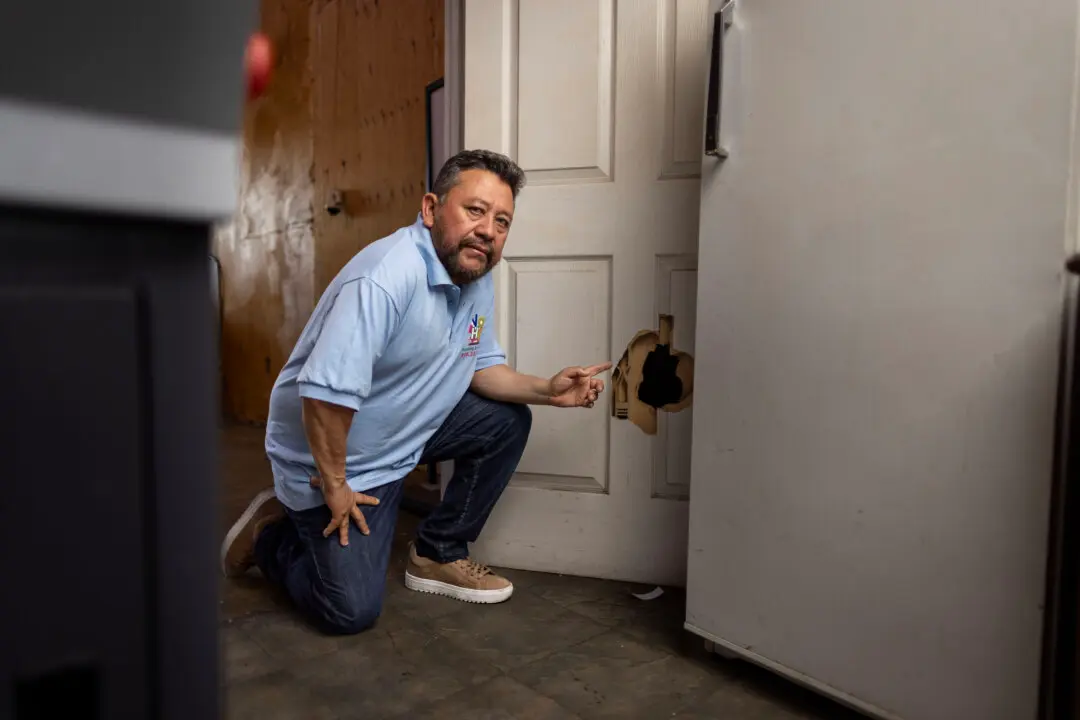The top concern of American mayors is infrastructure, according to a recent report. This indicates that local officials realize that neglecting infrastructure to address other needs will end up hurting everything, says one of the report’s authors.
“Infrastructure has always been the sacrificial lamb,” said Farhad Omeyr of the National League of Cities (NLC) Center for Research and Data.





